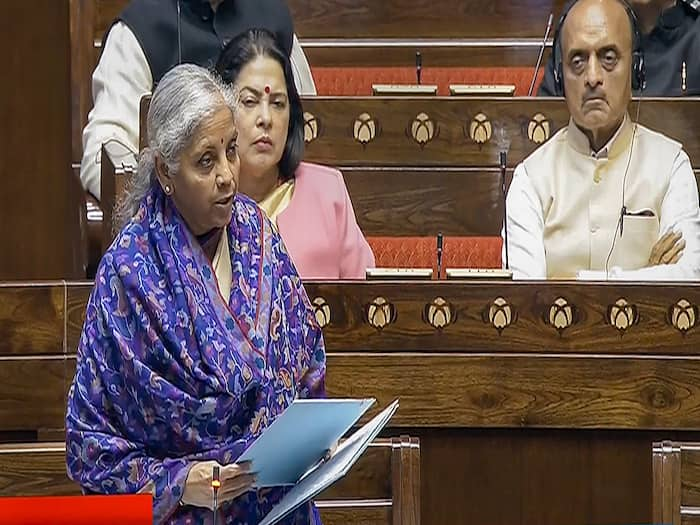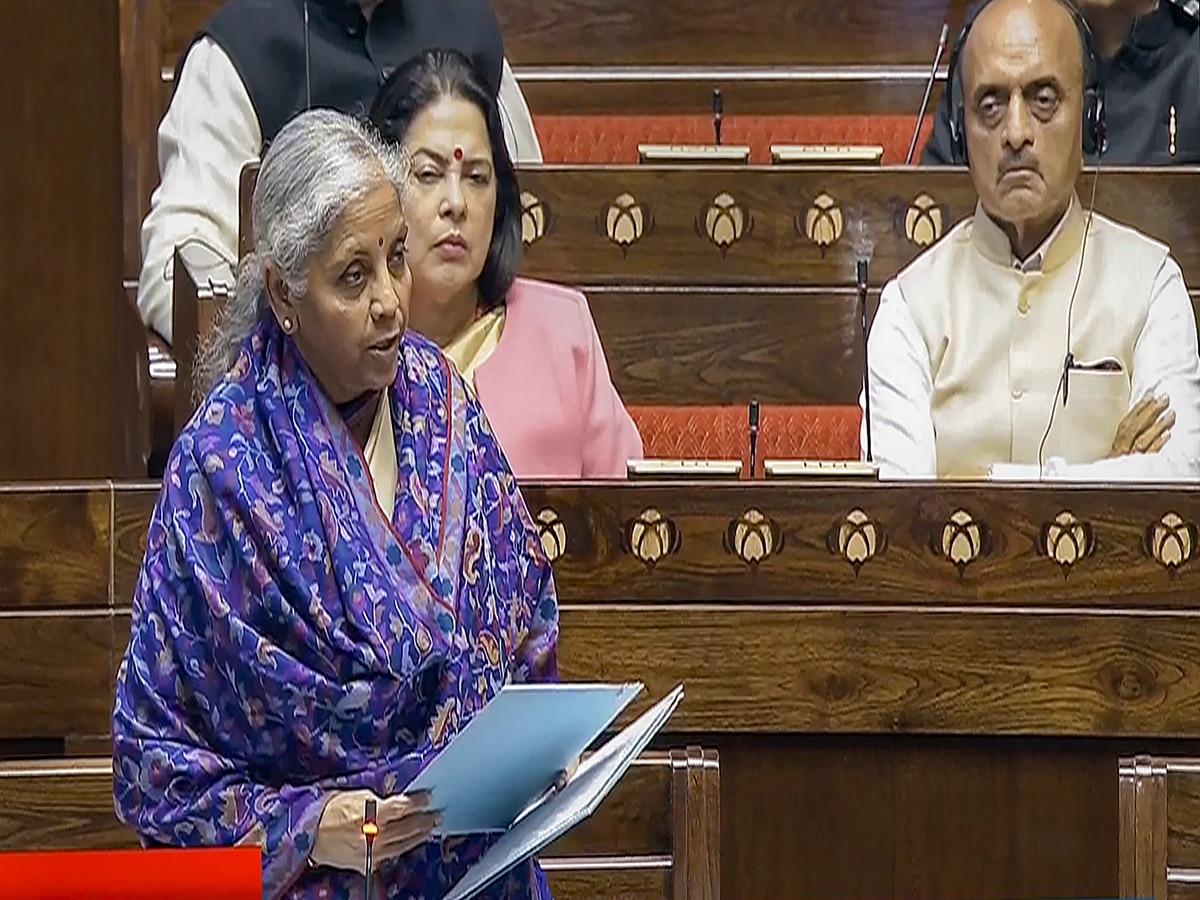The Centre generally brings a white paper on a particular subject to discuss issues, suggest action, or draw a conclusion.

New Delhi: Union Finance Minister Nirmala Sitharaman on Thursday presented a ‘white paper’ on the Indian economy in Lok Sabha and compared the 10-year record of economic progress under the UPA governments between 2004-05 and 2013-14 with the 10-year record of the BJP-led NDA governments between 2014-15 and 2023-24. And the Centre’s proposed ‘white paper’ comparing the economic situation before and after 2014 is likely to be introduced in the Rajya Sabha today also.
What Is White Paper?
The white paper that FM Sitharaman will table in Rajya Sabha will highlight the country’s “poor economic condition” during that time and how the Central government improved the economy.
In general, the ‘white paper’ is a kind of informational report that highlights policies, achievements and issues of the government. The government papers are colour-coded for distribution but white is designated for public access, according to Stanford Law School.
The Centre generally brings a white paper on a particular subject to discuss issues, suggest action, or draw a conclusion.
Why Is Centre Bringing White Paper?
In this budget session, the Centre is bringing a white paper to clarify how the Modi government brought a turnaround after the UPA government left the economy in a “crisis” state in 2014.
The White Paper brought out by the Finance Ministry on Thursday states that the Modi government has bolstered macroeconomic foundations, revitalised financial sector, overhauled the credit ecosystem and transformed the quality of India’s infrastructure.
The white paper said the UPA government’s economic and fiscal mismanagement “had ultimately hollowed the growth potential of India by the end of its term.”
Story Session In Lok Sabha Expected Today
On Friday, a story session is expected in Lok Sabha as the members will participate in the discussion on the ‘White Paper’. As per the List of Business in the Lower House for the day, the Union Finance Minister will move, “That this House do consider the White Paper on the Indian Economy and its impact on lives of the people of India”.
The nearly 60-page White Paper, which was tabled in the Lok Sabha and Rajya Sabha by Sitharaman on Thursday, says that the banking crisis was one of the most important and infamous legacies of the UPA government.
‘UPA Govt Abandoned Reforms After Coming To Power In 2004’
It said that the UPA government abandoned reforms after coming to power in 2004 and that it failed to build on the strong foundation laid by the previous BJP-led NDA government. It said the economy grew fast between 2004 and 2008 largely due to the “lagged effects” of the reforms of the NDA government led by Atal Bihari Vajpayee.
“In the years between 2004 and 2008, the economy grew fast, thanks to the lagged effects of the reforms of the NDA government and favourable global conditions. The UPA government took credit for the high growth but did little to consolidate it. The failure to take advantage of the years of high growth to strengthen the budget position of the government and invest in infrastructure to boost future growth prospects stood exposed,” the White Paper said.

